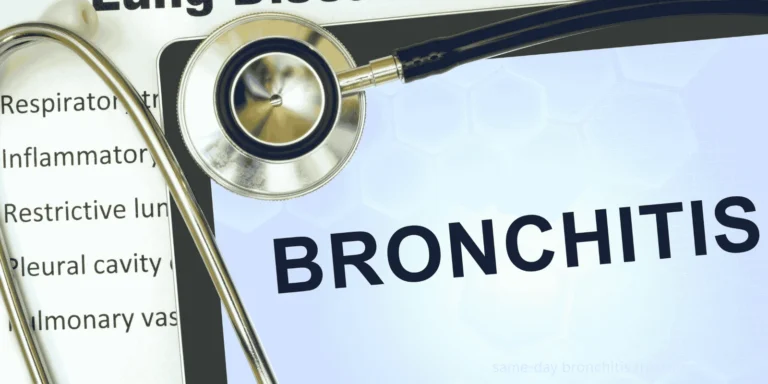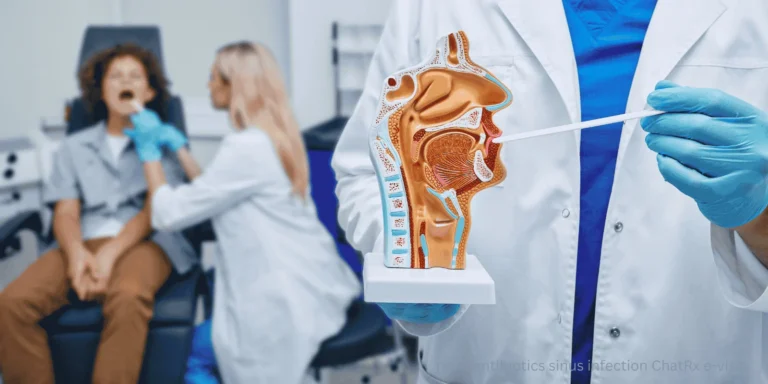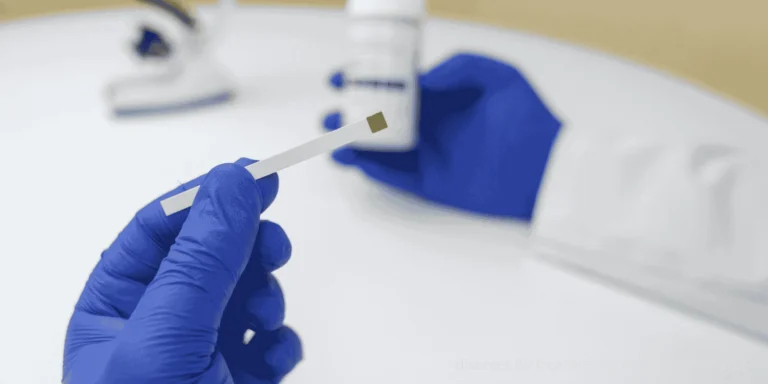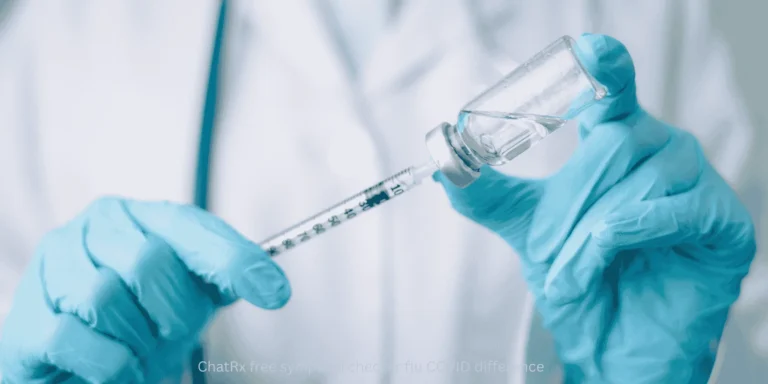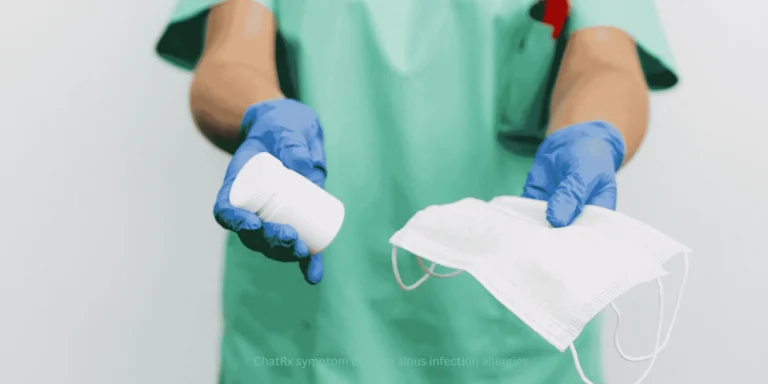Strep throat and viral sore throats have distinct patterns that help differentiate these conditions, though some cases require testing for definitive diagnosis.
Onset and timing differences: Strep throat begins suddenly, often overnight. Many patients describe feeling fine when going to bed but waking up with severe throat pain.
Viral sore throats develop gradually over 2-3 days, starting with mild throat irritation that progressively worsens.
Fever patterns: Strep throat typically causes high fever (101°F or above) that develops quickly along with throat pain.
Viral infections may cause low-grade fever or no fever at all, and when present, fever usually develops gradually.
Pain characteristics: Strep pain is severe and makes swallowing extremely difficult. Patients often describe it as “swallowing glass” or “razor blades.”
Viral throat pain ranges from mild to moderate and, while uncomfortable, typically allows normal swallowing.
Physical examination findings: Strep throat shows:
- Bright red, swollen throat and tonsils
- White or yellow patches on throat tissues
- Swollen, tender lymph nodes in the neck
- Sometimes, a sandpaper-like rash on the body
Viral sore throats show:
- Red, irritated throat without white patches
- Minimal throat swelling
- Less prominent lymph node enlargement
Associated symptoms: Strep throat rarely includes:
- Runny nose or nasal congestion
- Sneezing or cough
- Hoarse voice
Viral sore throats commonly include:
- Cold symptoms (runny nose, sneezing)
- Cough (often prominent)
- Voice hoarseness
- General body aches
Age and seasonal factors: Strep throat is most common in:
- Children ages 5-15
- Young adults in close contact settings
- Fall and winter months
Viral sore throats affect:
- All age groups equally
- Peak during cold and flu seasons
Duration expectations: If untreated, strep throat maintains severe symptoms for 3-5 days but improves rapidly within 24-48 hours of starting antibiotics.
Viral sore throats peak at 2-3 days, then gradually improve over 7-10 days regardless of treatment.
When testing is needed, a rapid strep test should be considered when:
- Sudden onset of severe throat pain
- High fever without cold symptoms
- Visible white patches on the throat
- Recent strep exposure
Clinical diagnosis may be sufficient when symptoms clearly point to a viral infection with a gradual onset and cold symptoms.
Treatment implications: Strep throat requires antibiotic treatment to prevent complications and reduce contagiousness.
Viral sore throats resolve with supportive care only – antibiotics provide no benefit and may cause unnecessary side effects.
If you’re experiencing severe throat pain with a sudden onset and high fever, ChatRx can help evaluate your symptoms and determine if strep throat testing and antibiotic treatment are appropriate.




